Trio Win Medicine Nobel For Work On How Cells Adapt To Oxygen
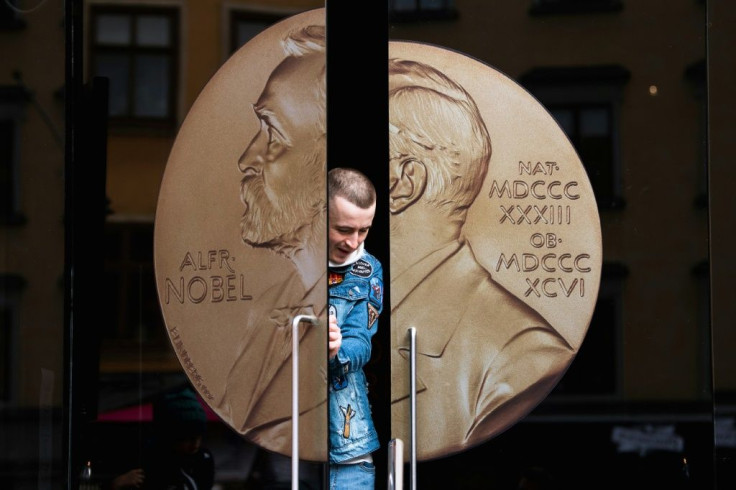
Three researchers from the United States and Britain on Monday shared the Nobel Medicine Prize for research into how human cells sense and adapt to changing oxygen levels, opening up new strategies to fight such diseases as cancer and anaemia.
Americans William Kaelin and Gregg Semenza, and Britain's Peter Ratcliffe, split the nine million Swedish kronor ($914,000, 833,000 euros) award.
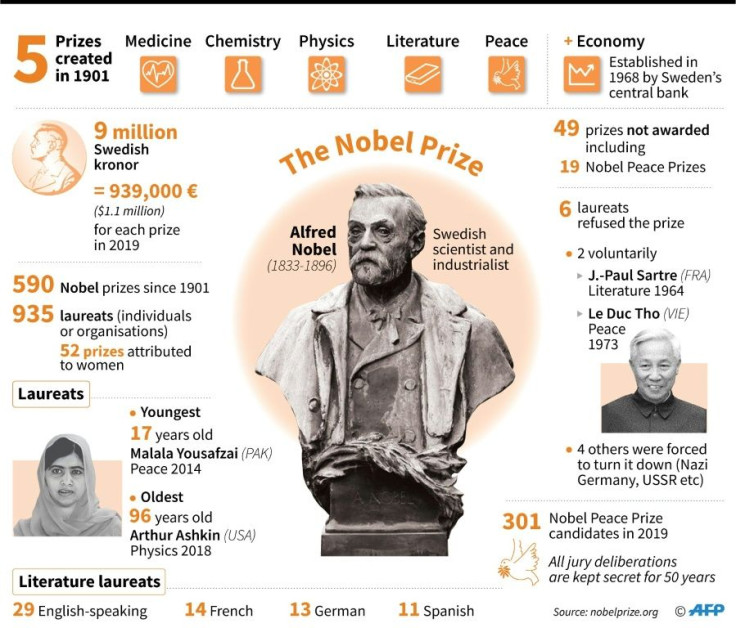
While the fact that humans need oxygen to survive has been understood for centuries, how the body registers and responds to oxygen was little known prior to the trio's pioneering work.
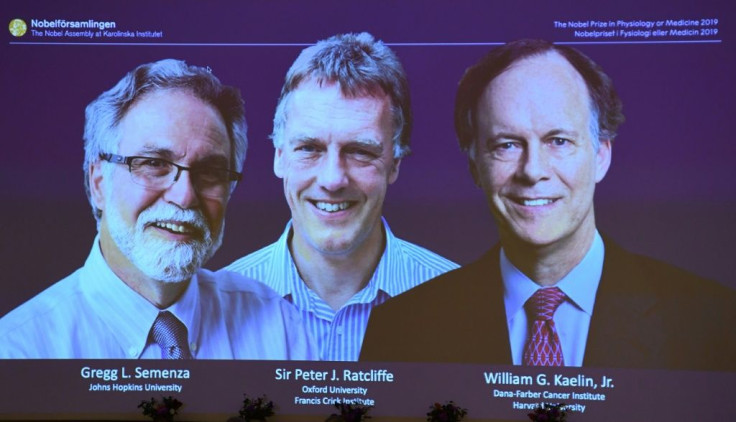
Semenza studied a gene known as EPO which causes the body to create more red blood cells and isolated the specific DNA segments that help it to adapt to low oxygen levels.
Ratcliffe and Semenza then applied this knowledge to show that the oxygen sensing mechanism was present in virtually all human tissues.

Kaelin identified another gene, present in patients with a genetic disorder that puts them at far greater risk of certain cancers. The gene rewires the body's ability to prevent the onset of cancer, and it plays a key role in how cancer cells respond to low oxygen levels.
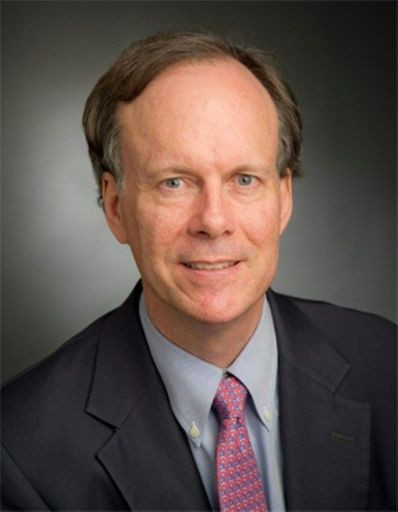
Their work has shed new light on the specific, cell-level processes the body undergoes when low on oxygen -- from helping our muscles function during exercise to adapting to life at high altitude.

Cells' oxygen-sensing ability is also essential during foetal development and in creating new blood vessels.
Drugs being developed
A large number of diseases are linked to EPO, including renal failure and severe anaemia.

Cancerous tumours use the body's oxygen-regulating tools to hijack blood vessel formation and allow the cancer cells to spread. The Nobel committee said Monday that several trials were underway developing drugs to interrupt this process, potentially short-circuiting tumour growth.

For treatment of anaemia -- where the body lacks sufficient red blood cells to carry enough oxygen to tissues -- medicines seek to stimulate EPO creation. One such drug has already been approved in China.

This essentially tricks the body into thinking it is at higher altitude, prompting the creation of new red blood cells.
Kaelin, 61, works at the Dana-Farber Cancer Institute in Boston and is a professor at Harvard Medical School in the United States.
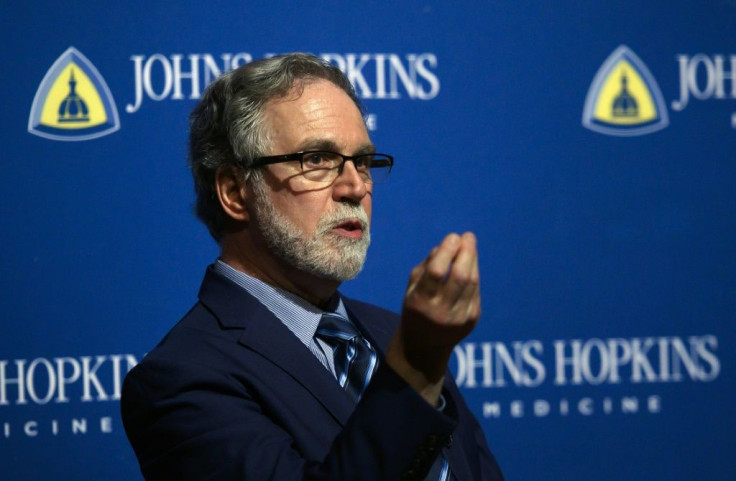
Semenza, 63, is director of the Vascular Research Program at the Johns Hopkins Institute for Cell Engineering.
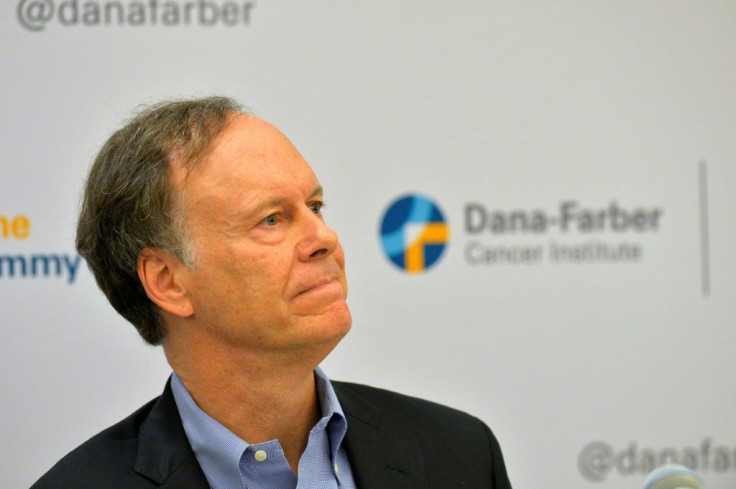
Ratcliffe, 65, is director of clinical research at the Francis Crick Institute in London, and director of the Target Discovery Institute in Oxford.
Kaelin told reporters it was a moment he had dreamt of for a long time. "I think any scientist who says he's never or she's never considered this moment is probably lying," he said.
When the phone rang at around 5:00 am, he wasn't sure if he was dreaming.
He then noticed the caller ID was from Europe, "And at that point my heart started racing," the 61-year-old told AFP.
"I sort of had this out-of-body feeling of just great appreciation," he said, adding he was accepting the prize partly on behalf of his late wife Carolyn, a cancer surgeon.
Semenza on the other hand missed the first call he got, and waited several anxious minutes by the phone, answering it second time around.
"I was in a daze," he said, adding he had not been expecting the honor but had since celebrated with champagne.
Discovery science
Kaelin said the win highlighted the value of basic research, rather than setting out to cure a specific disease.
"Here I am as a cancer biologist helping to contribute to a new drug for haematological condition, namely anaemia," he told AFP.
Semenza, whose first breakthrough came in 1995, told AFP that the Nobel prize created the false impression that great science was done by older people, when the opposite was in fact true.
"We made the discoveries when we were young, but we get recognised when we're old," he said, adding it was younger scientists at his lab driving cutting-edge work.
The Peace Prize will be awarded in Oslo on Friday, with speculation rife that Swedish teenage activist Greta Thunberg could win for her campaign to raise awareness about climate change.
Before that, the Physics Prize will be announced on Tuesday and the Chemistry Prize on Wednesday.
On Thursday, the Swedish Academy will announce one literature laureate for 2018 and one for 2019, after postponing last year's award due to a sexual harassment scandal that exposed deep rifts among its 18 members.
© Copyright AFP 2024. All rights reserved.





















